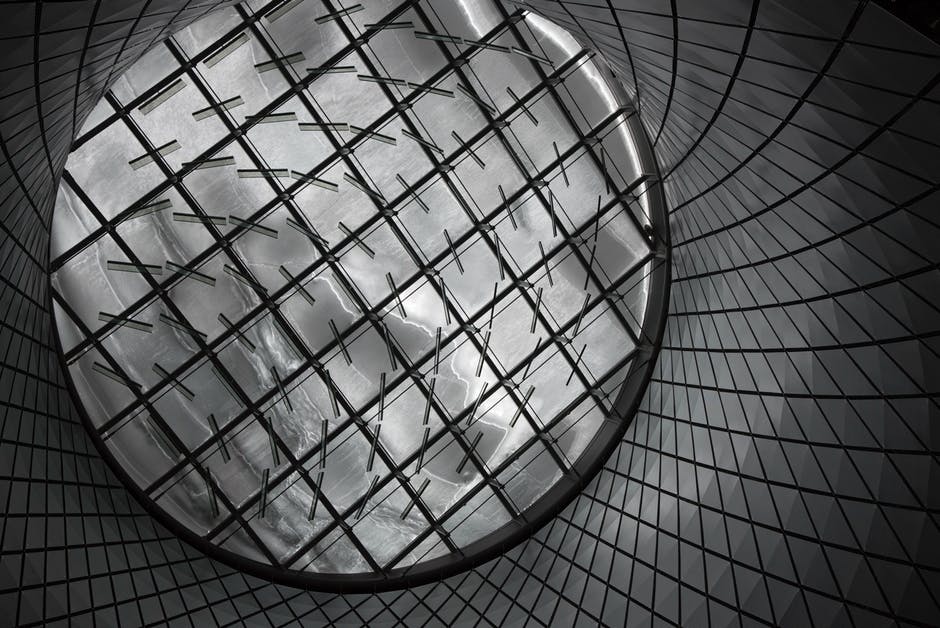WG2 – Processes, Methods and Tools for Restorative Design
WG-Leader: Emanuele Naboni, Vice Lead: Lisanne Havinga
Sub-Group Leaders: Mihaela Hărmănescu, Luca Finocchiaro, Tatjana Kosic, Michael Burnard
 Processes, Methods and Tools for Restorative Design. Primarily based on case studies derived from workshops, it constitutes the core of the action and intends to provide “hands-on” guidance to the practice of restorative design.
Processes, Methods and Tools for Restorative Design. Primarily based on case studies derived from workshops, it constitutes the core of the action and intends to provide “hands-on” guidance to the practice of restorative design.
A vast majority of sustainable architecture within the field has become overrun with the need to tick certification and awards boxes, promoting cities, buildings and spaces which often deal with sustainability on limited dimensions. The need of regenerative design challenges the Status Quo of the Built Environment Industry.
Designing new urban environments, sustainable buildings and improving existing buildings, requires a paradigm shift. The challenge is to operate at scales that are greater and smaller than that of the city and the buildings, requiring a deeper the understanding of ecosystems and the human. This requires new processes, and new tools emerging from scientific research.
Targeted primarily to impact practitioners, the WG aim is to define guidance and “hands-on” guidance for interdisciplinary design processes, and test old and new guidelines and tools, analogue and computational, that support regenerative, creative and innovative solutions.
A number of subgroups are proposed to launch the dialogue:
- WG2.a Guidelines and Tools for the implementation of Big Data in Ecosystem Focused Design.
- WG2.b Processes and Tools to Adapt to Urban Climate Change.
- WG2.c Processes and Tools for Circular Economy in Design and Construction.
- WG2.d Processes and Tools for Healthy-Human Centric Design
